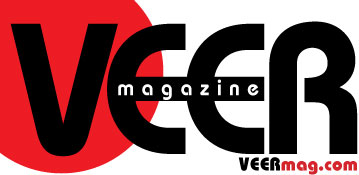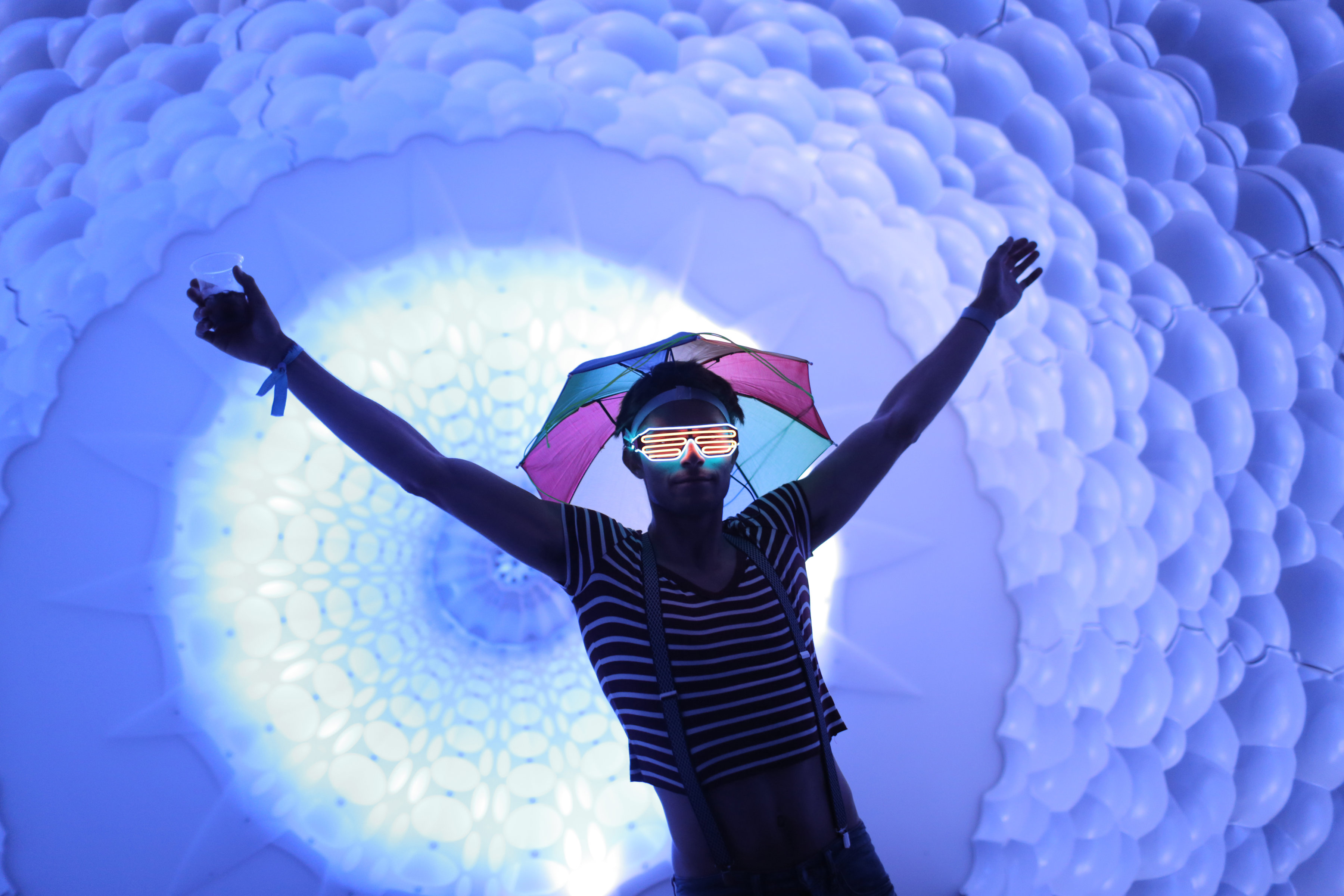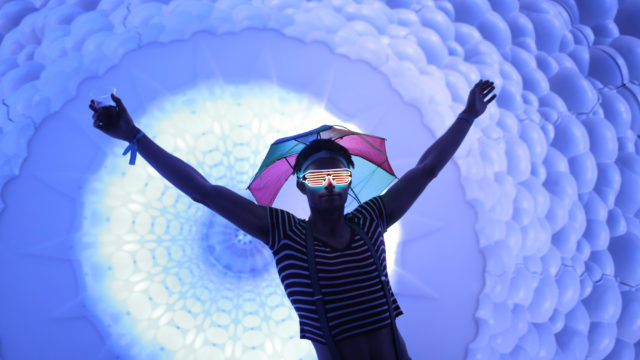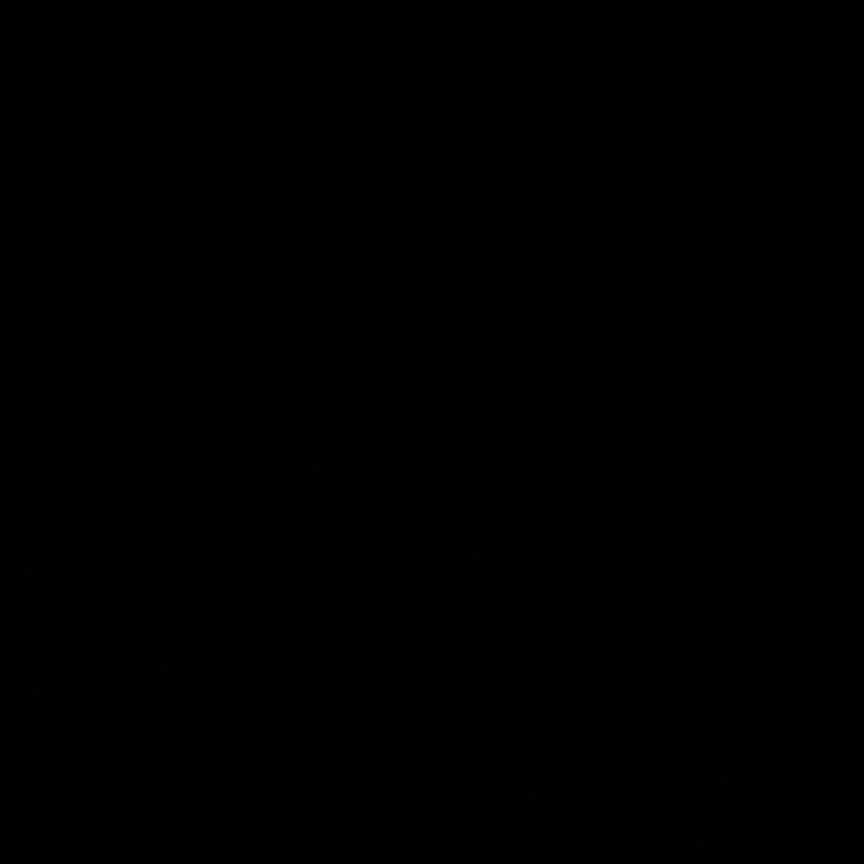Words by Betsy DiJulio
Photo by Eleise Theuer
On Saturday, May 3, Hampton Roads proudly flew its Freak Flag…and I mean that in the most positive way. It was Norfolk like you’ve never seen it. And it was awesome.
Some of us looked like we got lost on the way to dinner on Colley Avenue, but I decided that if one of the official principles of the Burning Man Festival is “radical self-expression” (see sidebar), then I should express myself and not put on the guise of someone I’m not. Fortunately, many others found their inner “freaks” and appeared in the likes of handmade balloon dresses, body paint, fishnet for days, and all manner of post-apocalyptic, futuristic, and quasi-Steam-Punk attire.
But, in actuality, it was not just a Hampton Roads or Norfolk event. In true festival fashion, the every-bit-of-a-thousand participants convened at the Hermitage Museum’s Burning Man Gala from Maryland, DC, Florida, and points west. The participating artists hailed, completely coincidentally, almost entirely from California, with one joining the event from her home in Southeast Asia.
This happening was the electronic dance music-infused culture of Nevada’s famed Burning Man Festival—complete with stilt-walkers and fire-twirlers—lifted out of the Black Rock Desert, scaled down, and nestled onto the bucolic banks of the Lafayette River minus the bare breasts. I remarked to someone the next day that it was probably the most memorable and positive art experience—and Burning Man is an experience by design—in my quarter century of living in this area. At the risk of sounding corny, it was an evening infused with the almost indescribable, yet palpable, feeling of love, good will, positivity, and generosity. And I am by far not the only participant to make that observation. (Experience more of that festival feeling at Burning Man Nights; see “Upcoming Programming” sidebar.)
For the uninitiated—and I got initiated quickly beginning at a community meeting last winter for Burners and Burner wannabees—the Burning Man Festival is an “experiment in community and art” with a fairly complex history involving politics, partnerships, cross-pollination, increased permitting and regulations, and some inevitable popularizing and mainstreaming of the original Dadaist-leaning intentions. With roots reaching back to 1986 when Larry Harvey and a group of friends hosted a Summer Solstice bonfire event on Baker Beach in San Francisco, the festival, now with non-profit status as the Burning Man Project, was reinvented in 1990 by Kevin Evans and John Law and eventually grew into a temporary city, Black Rock City, and weeklong outpouring of “radical” creative expression.
Experimental and interactive sculpture, architecture, performance, art cars or conveyances, wearable art, costumes and more are often inspired by the yearly theme chosen by the organizers. This radically participatory experimental experience culminates in the symbolic ritual burning of a human effigy—the “man”—on the last Saturday night. Some 70,000 participants live in well-organized grid-like encampments, bringing in everything they need to sustain—and radically express—themselves for a week, and taking it all with them at the conclusion. No glitter, sequins, or feathers are allowed lest they shed and leave traces behind.
The Hermitage’s East Coast phenomenon is the only museum exhibition ever devoted to the art of Burning Man in the US, though other regional spin-off festivals certainly exist. Yet, Hermitage executive director, Jen Duncan, is quick to deflect the credit away from herself. However, since her arrival at the museum some three or so years back, she has provided the driving vision behind the institution’s transformation, including the use of the museum’s 40ish acres as the context for major outdoor sculptural installations by national and international art stars like Bruce Munroe, Patrick Daugherty and, now, Burning Man artists. Crimson Rose, a co-founder of Burning Man, describes what Duncan, her staff, and dozens of volunteers and community partners have created as “a symbiotic relationship where nature and art meet.”
Blurring the line between art and audience is one of the things Burning Man does best. Consult our Art of Burning Man sidebar for a list and short descriptions of the 10 installations by eight artists on the grounds and in the galleries of the Hermitage. And burn, baby burn.





